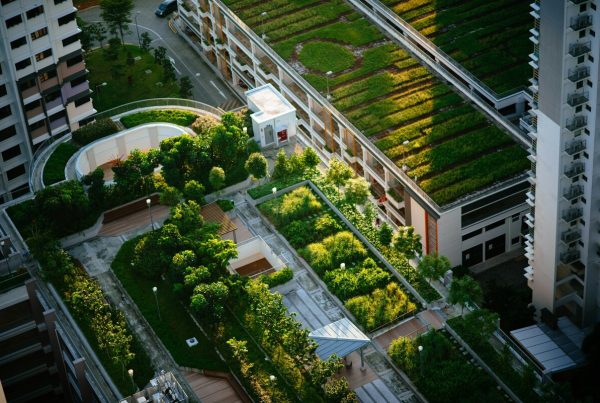 Newest Update – LEED v4.1
Newest Update – LEED v4.1
LEED v4.1 is USGBC’s most recent update to the LEED rating systems. LEED v4.1 differentiates from its previous version through its focus on implementation and an accessible, user-friendly and agile design. After beta testing of LEED v4.1 with existing buildings, USGBC has officially released draft previews of LEED v4.1 BD+C, ID+C, Residential, and Cities and Communities. Download and preview these drafts here (https://new.usgbc.org/leed-v41). LEED v4.1 betas corresponding to each draft will be opened for registration in mid-January 2019.
What’s new in LEED v4.1 BD+C
- Increase in accessibility
- Energy metrics include both cost and greenhouse gas emissions (a first for LEED)
- Upgrade to ASHRAE 90.1-2016
- Applicable and achievable credit requirements throughout the rating system
- For example, updated Rainwater Management requirements with a lower minimum percentile storm events and added guidance for zero-lot-line projects
- And a new Renewable Energy credit better that addresses diverse methods of renewables procurement and evolving global renewables markets
- Restructured Materials and Resources credits that include options acknowledging efforts at varying levels, bridging the gap from where the market is currently to the goals identified in LEED v4 and carried into LEED v4.1
Many of the updates made to BD+C also apply to ID+C, including:
- the addition of a new greenhouse gas metric, and
- restructured materials credits that acknowledge efforts at varying levels, bridging the gap from where the market is currently to the goals identified in LEED v4 and carried into LEED v4.1.
What’s new in LEED v4.1 ID+C
- A new option within the Environmental Tobacco Smoke Control prerequisite that acknowledges potential limitations with addressing smoking in areas outside of the interior project’s control — smoking is still prohibited in the entire LEED project space
- Acknowledgment for projects located within a LEED-certified building
- Lower entry points for both the Daylight and Acoustic Performance credits to encourage more projects to consider daylight and acoustic performance during design
- Greater focus on improving indoor air quality through more approachable air testing options and use of the latest standards for ventilation
About LEED
Developed by U.S. Green Building Council, LEED (Leadership in Energy and Environmental Design) is the most widely used green building rating system in the world. Available for virtually all building project types, from new construction to interior fit-outs and operation & maintenance, LEED provides a framework that project teams can apply to create healthy, highly efficient, and cost-saving green buildings. LEED certification is a globally recognized symbol of sustainability achievement.
BEE LEED Experience
Being the leader in the green build industry, BEE has significant LEED consulting experience. All of our staff are fully bilingual LEED APs, specializing in and having a diverse portfolio of LEED ID+C and BD+C projects.












